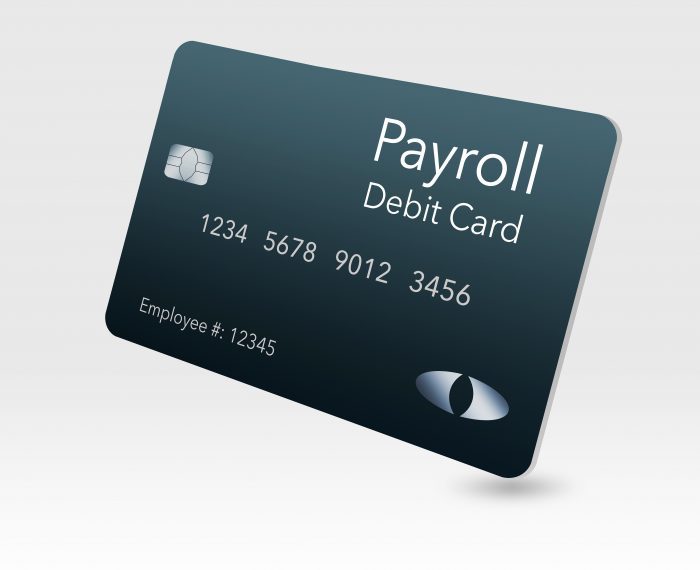In today’s tech savvy world, customers want everything at the right time in the right quantity with minimal efforts and a seamless experience. Every Service provider is trying to provide financial products at the fingertip of the customer. This is a game changing opportunity for fintech to offer the unique, agile and ease to use next generation technology.
Embedded finance is a buzz in the fintech industry and is growing at a tremendous rate. Covid-19 pandemic has accelerated the customer base and their engagements on these platforms.
What is Embedded Finance?
Embedded finance is a seamless integration of financial services with non-banking solutions. Customers can access financial products and services through mobile apps. Embedded finance can help businesses gain customer loyalty, increase customer base, better product offerings and more revenue opportunities. For Instance, Ola cabs is offering cab rides embedded with financing solutions such as wallet services (post-paid or limit based).
Embedded finance is also known as embedded banking. To provide financial services to customers. Businesses need to start exploring the opportunities of enabling embedded finance through a partner ecosystem which will significantly reduce their time of market time as well as low cost.
In this customer centric world, embedded finance can provide significant advantages to businesses over their competitors. Previously, there was a gap between consumer requirements and the service offered by the seller. Embedded finance understands the gap and eliminates the need for a third party between consumer and seller. It is transforming the financial services distribution model and creating a revenue opportunity for businesses.
Here are a few major manifestations of Embedded Finance:
Embedded Payments
Embedded payment means providing integrated services of payment processing within the app or platform itself. For e.g. Post-paid wallets or Payment Infrastructure offered by Ola or Amazon. While booking a cab from the Ola app, customers can easily make the payments by Ola wallet without the worries of carrying change to pay cab drivers on completion of ride.
Embedded Lending
Embedding credit offerings within the customer journey of non-financial digital apps or platforms. For Example, customers can now purchase any home appliance from the mobile app and convert the payments into easy EMI options on the same app.
Embedded Insurance
Embedded Insurance means bundling of Insurance along with the purchase of the products and services. Platforms partner with external Insurance companies to offer embedded insurance services for their customers. Online vehicle selling platforms, also enables customers to buy Car Insurance products while purchasing the vehicle.
Embedded Investment
Platforms integrate with the brokerage firm to offer investment services to their customers on their platform. Platform uses APIs of the brokerage firms for offering microservice ranging from opening an account, funding, trading, portfolio management, and market data.
Key players and their role in Embedded Finance Ecosystem
There are three main players working in the embedded finance ecosystem to offer better services and create new revenue opportunities.

Digital Platform
Customer facing digital platforms like mobile apps or desktop platforms who have a better understanding of customer needs.
Financial Institutions
Financial Institution like Bank, NBFC who provides financial services and manage all regulatory and compliance.
Embedded Finance Infrastructure Company
Fintech companies which act as a bridge between Digital platform and financial institution to offer end to end APIs, SDKs or software solutions thus enabling the embedded finance in the digital platform. With this, customers can enjoy the financial service within the same platform.
In India, UPI has transformed the payments landscape and made it simple for technology companies to become payment providers. To compete with the fast-changing digital world and rising demand for embedded finance, financial institutions are increasingly offering banking as a service (BaaS)—bundled offerings, often white-labelled or co-branded services, that nonbanks can use to serve their customers.






